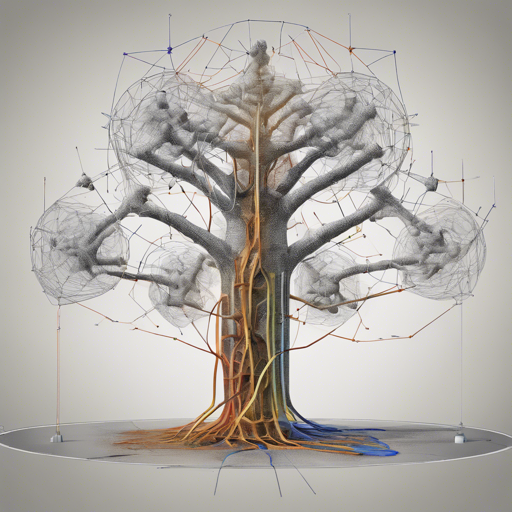Welcome to our tutorial on how to implement Tree Transformer, a novel approach that combines tree structures with self-attention mechanisms in natural language processing. This guide will walk you through the essential steps to set up the Tree Transformer in your environment, from installation to running the training and evaluation processes.
Prerequisites
Before we dive into the implementation, here’s what you will need:
- Python 3: Ensure you have Python 3 installed on your machine.
- Pytorch 1.0: You need to have Pytorch version 1.0 to run the code effectively.
Installing Dependencies
We utilize the BERT tokenizer from PyTorch-Transformers to tokenize words. Follow the instructions on the repository to install it properly.
Training the Model
To begin training the grammar induction model, use the following command in your terminal:
python3 main.py -train -model_dir [model_dir] -num_step 60000By default, this setting aims to achieve an F1 score of approximately 49.5 on the WSJ test set. Make sure your training file datatrain.txt contains all WSJ data except for WSJ_22 and WSJ_23 for optimal results.
Evaluating the Model
After training, testing your grammar induction model is essential. You can do so with the following command:
python3 main.py -test -model_dir [model_dir]This command creates a result directory named model_dir, which contains two crucial files:
- bracket.json: Contains the brackets of trees outputted from the model. It is essential for evaluating the F1 score.
- tree.txt: Contains the generated parse trees.
The testing file used by default is datatest.txt, which includes data from WSJ_23.
Understanding the Code with an Analogy
Imagine you’re a chef trying to create a perfect dish (your model). The ingredients you need (data and dependencies) must be prepared and organized correctly. Each step of your recipe must be followed to produce a delightful meal. Here’s how the code components fit together:
- Preparing Ingredients: Installing Pytorch and the tokenizer is akin to gathering all your ingredients before cooking.
- Following the Recipe: The training command is similar to following the precise instructions in a recipe – if you miss a step or use the wrong temperature, your dish might not turn out well.
- Tasting and Adjusting: The evaluation command represents the crucial taste test where you check if your dish meets expectations, ensuring adjustments can be made for the next round.
Troubleshooting Tips
If you encounter any issues during your implementation, here are some troubleshooting ideas:
- If your model isn’t training, ensure that all dependencies are installed correctly and your data files are in place.
- Check if you are using the correct paths for your model_dir.
- If your outputs seem off, double-check the structure of your data files to ensure they match the expected formats.
For more insights, updates, or to collaborate on AI development projects, stay connected with fxis.ai.
Concluding Thoughts
At fxis.ai, we believe that such advancements are crucial for the future of AI, as they enable more comprehensive and effective solutions. Our team is continually exploring new methodologies to push the envelope in artificial intelligence, ensuring that our clients benefit from the latest technological innovations.

